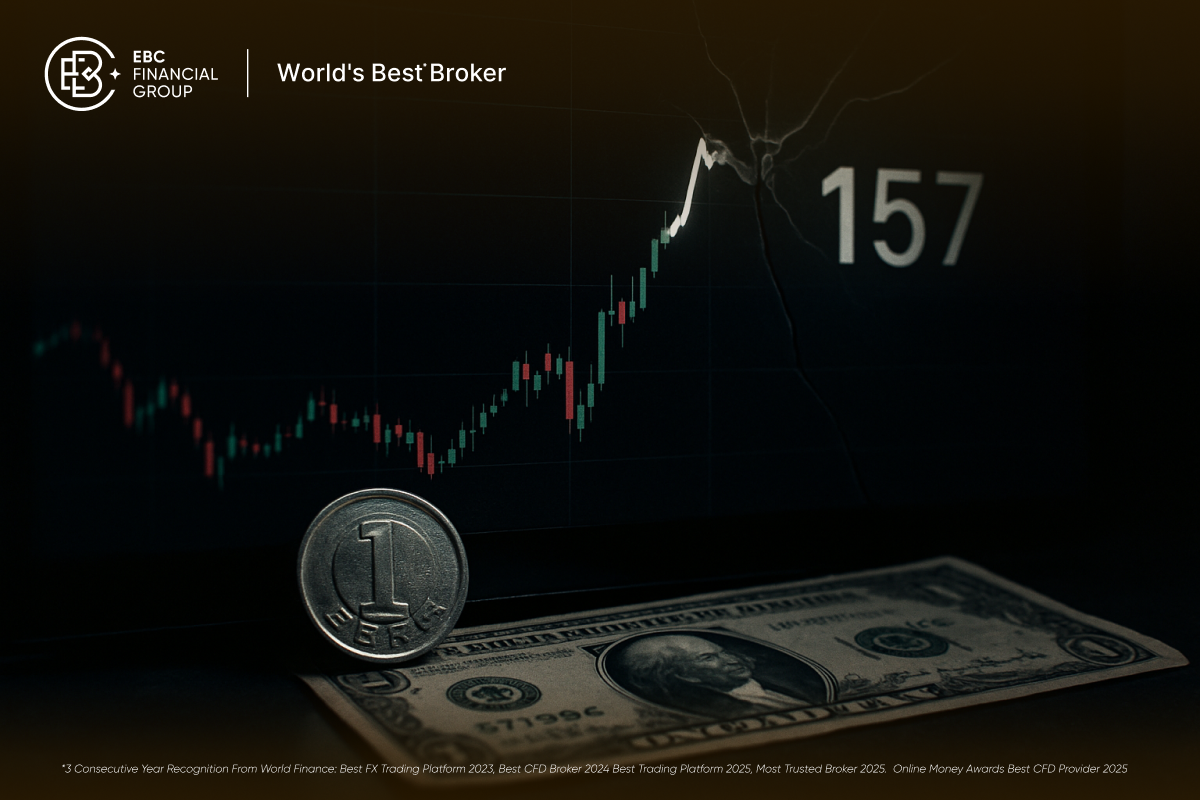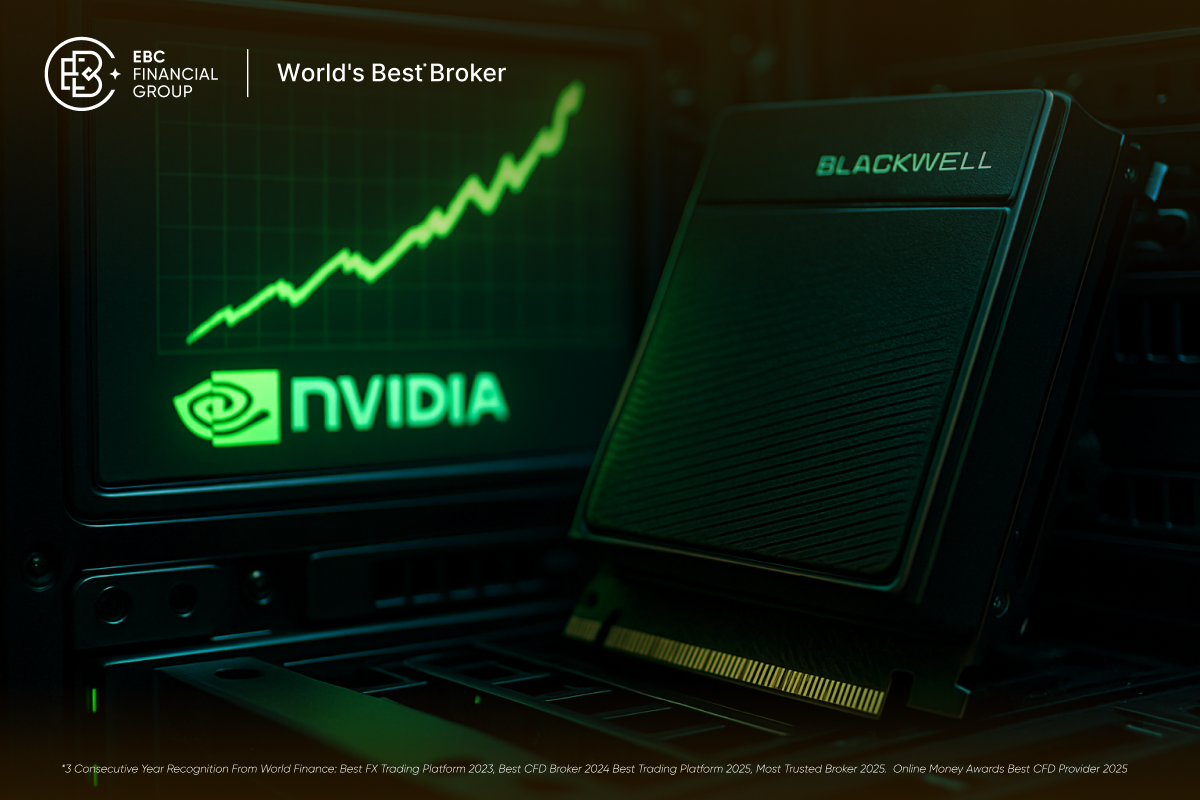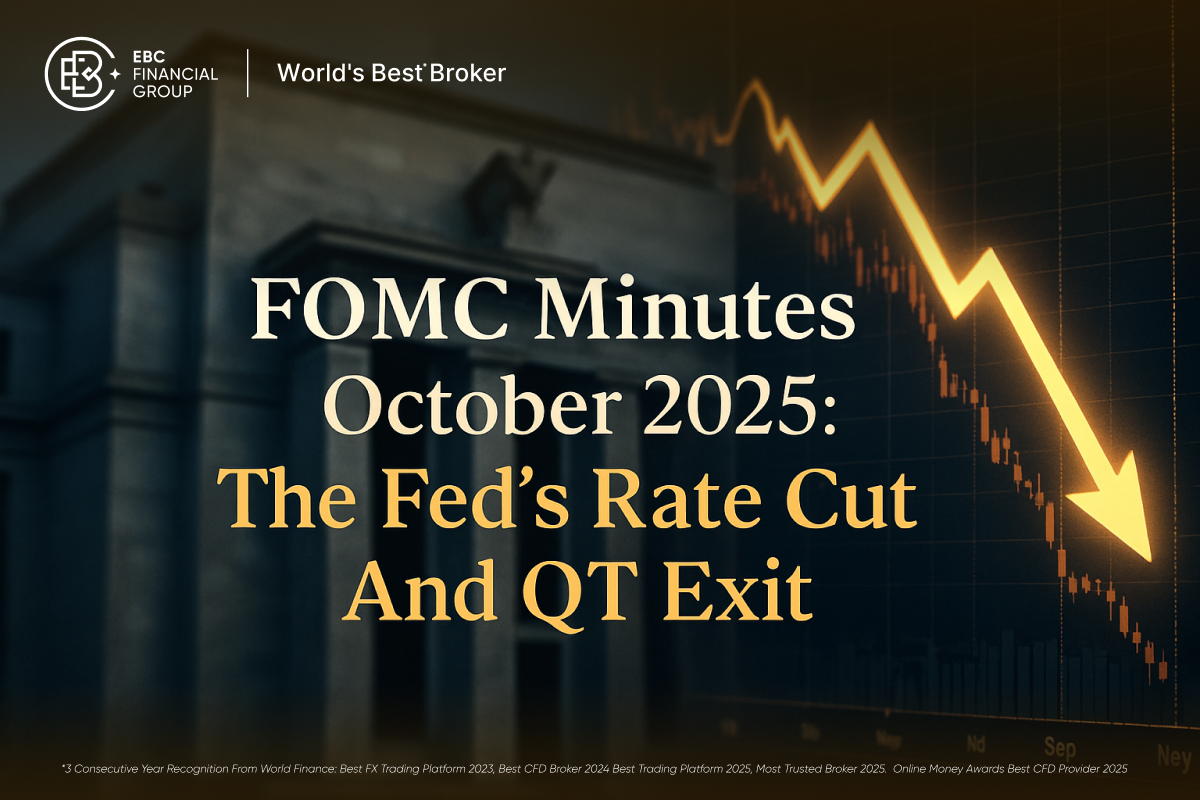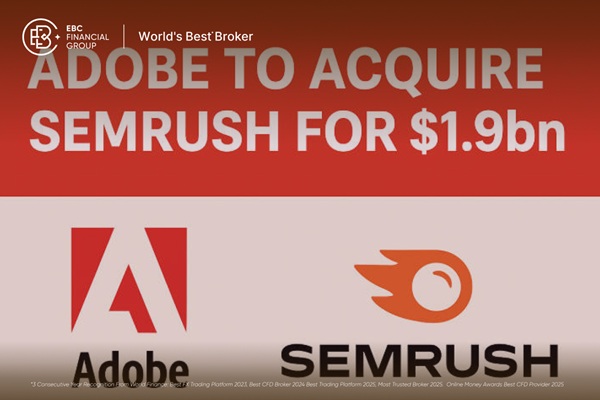Finding true tenbaggers stocks is extremely rare and high-risk. In 2025, the top choices are small and mid-cap firms in rapidly expanding structural sectors such as AI infrastructure and software, next-generation batteries and electric vehicles, renewable energy supply chains, fintech/crypto infrastructure, and specific biotech investments.
Below, you'll find 6 speculative watchlist names, plus a refined framework for spotting tenbagger potential and a look at macro tailwinds for 2025.
Note: These names are for watchlist purposes only and not immediate buy recommendations. Always do your own due diligence.
6 Speculative and Potential Tenbagger Stocks 2025
| # |
Ticker / Company |
Sector |
Price (Oct 2025) |
Why It's on the Watchlist |
| 1 |
PLTR / Palantir Technologies |
AI / Data Platform |
$173.00 - $186.00 |
Strong government + commercial AI contracts; growing data infrastructure demand |
| 2 |
AI / C3.ai |
Enterprise AI Platforms |
$18-$19 |
Offers AI / machine learning SaaS for industrial / enterprise clients |
| 3 |
PATH / UiPath |
Automation / Agent Orchestration |
$12-$13 |
Combining RPA and AI orchestration offers embedded growth in enterprise workflows |
| 4 |
QS / QuantumScape |
Next-Gen Battery / Solid-State Tech |
~$15.92 |
Disruptive potential if scalable solid-state battery tech is commercialized |
| 5 |
RIVN / Rivian Automotive |
EV + Services |
~$13.65 |
EV platform + recurring services gives optionality beyond just vehicles |
| 6 |
SE / Sea Limited |
E-Commerce + Fintech (SEA) |
~$184.91(ADR) |
Exposure to Southeast Asia’s fast-growing digital markets, plus fintech optionality |
1) Palantir Technologies (PLTR): AI + Government Contracts (Speculative Growth Play)
Current Price: Approximately $173.00-186.00 per share.
Why on this list: Palantir sells AI-powered data platforms for defence and enterprise; its growth has accelerated in 2025 as government contracts and commercial AI deployments expanded.
The size and persistence of government contracts can lead to significant, lasting profits if commercial income increases. [1]
Key catalysts to watch: Major multi-year government awards, faster commercial ARR growth, and margin expansion from software/platform economics.
Risk: Revenue concentration, political/procurement risk, regulatory scrutiny.
2) C3.ai (AI): Enterprise AI Software Infrastructure
Current Price: around $18-$19.
Why on this list: C3.ai provides enterprise AI platforms and tools; if enterprises accelerate AI deployments, software vendors with strong platform adoption can scale recurring revenue quickly.
A comparatively modest foundational valuation, along with new business agreements, can adjust the multiple.
Key catalysts: Large corporate agreements, increasing profit margins, and improved subscription loyalty.
Risk: Competition from hyperscalers and open-source stacks; limited differentiation could cap upside.
3) UiPath (PATH): Automation + Agents for Enterprise Workflows
Current Price: Approximately $13.00 per share.
Why on this list: UiPath's RPA + AI orchestration can compound into larger ARR if companies automate AI fine-tuning, inference and enterprise workflows.
If UiPath secures a larger share of the enterprise AI automation budget, the growth multiple might increase.
Key catalysts: Cross-sell into AI orchestration, margin improvement, sizable enterprise deals.
Risk: RPA competition, pricing pressure, and execution on transitioning to AI products.
4) QuantumScape (QS): Next-Gen Solid-State Batteries (High Risk / High Reward)
Current Price: Approximately $15.92 per share.
Why on this list: If QuantumScape or similar cell makers succeed in scalable solid-state cells with superior energy density and cycle life, their IP and early supply deals could generate exponential upside.
The potential for a tenbagger arises if production costs surpass those of established companies.
Key catalysts: Pilot mass production increases, external validation, and enduring supply agreements with automotive manufacturers.
Risk: Manufacturing scaling failures, cash burn, and long timelines. History shows battery breakthroughs are hard to commercialise.
5) Rivian Automotive (RIVN): EV Player With Service & Software Optionality
Current Price: Approximately $13.65 per share.
Why on this list: Rivian has scaled deliveries and built an EV platform. Tenx is possible only if Rivian profits from vehicle sales, software/recurring services, and international expansion.
It is a long shot, but plausible if margins improve and deliveries grow sustainably. [2]
Key catalysts: Sustainable GAAP earnings, margin growth, strong order backlog, and new designs.
Risk: Intense EV competition, margin pressure, and macro demand cycles.
6) Sea Limited (SE): E-Commerce + Digital Financial Services in Southeast Asia
Current Price: Approximately $184.91 per share (US-listed ADR).
Why on this list: Sea owns expanding fintech and gaming businesses in fast-growing Southeast Asia.
If Shopee and SeaMoney convert to persistent profits and capture financial services, long-run upside exists. However, it is unpredictable, and the chances of a larger tenbagger are reduced. But having sector exposure is valuable for part of a speculative portfolio.
Key catalysts: Strong fintech monetisation, margin improvement in commerce, and rapid GPM stabilisation.
Risk: Competition (regional and global), FX and macro risk, and regulatory changes.
What Macro Tailwinds Are Creating Tenbagger Opportunities in 2025?
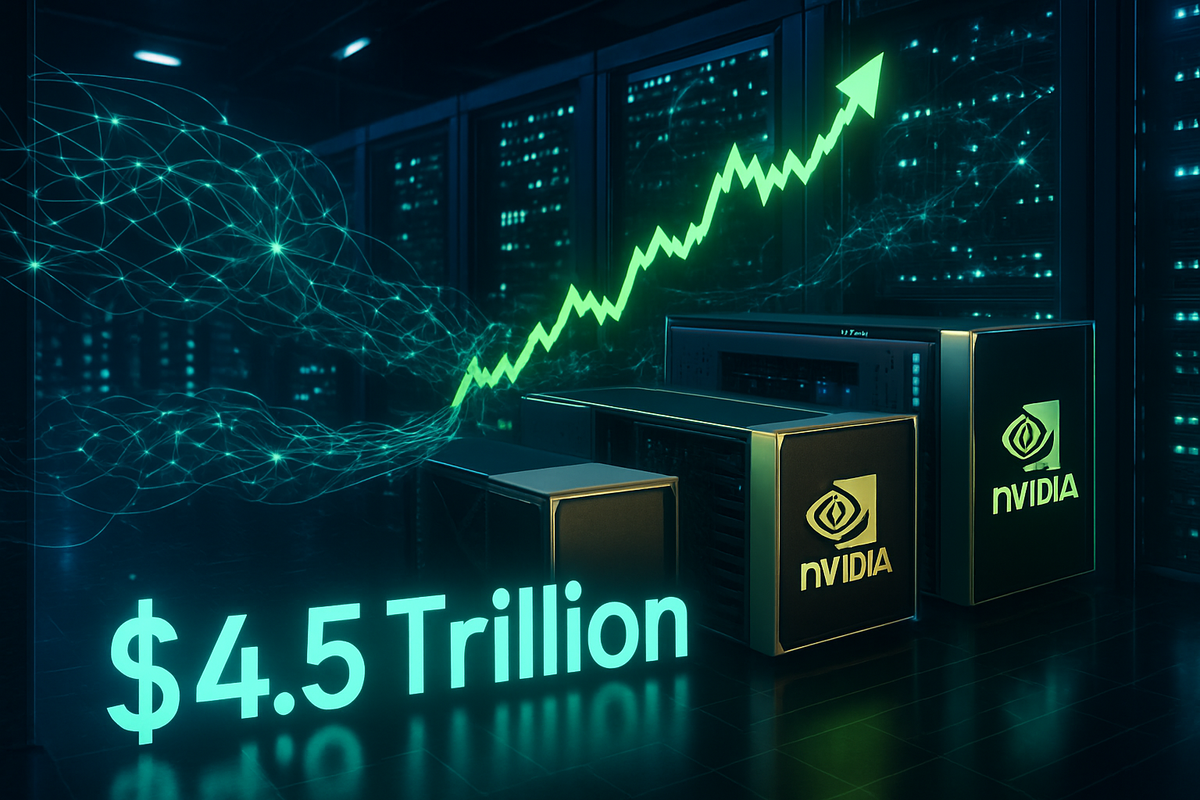
1. AI Capitalisation:
The adoption of large models and inference hardware is increasing enterprise spending on compute, software, and data platforms. [3]
2. EV & Battery Scaling:
Capital pouring into gigafactories and next-gen solid-state/advanced cell tech opens the door for winners in materials and cell makers. (Auto delivery & EV guidance trends remain key.)
3. Crypto / Web3 Infrastructure:
Mature, regulated fiat on-ramps, ETFs, and custody services are drawing long-term institutional flows. Exchange and custody firms gained scale in 2025.
4. Cybersecurity & Cloud Transformation:
Enterprises are upgrading security and orchestration tools to cope with AI workloads and remote architectures.
Those themes create fertile ground for 10x winners. But only for companies that execute.
3 Repeatable Criteria to Screen for Tenbagger Stocks Potential
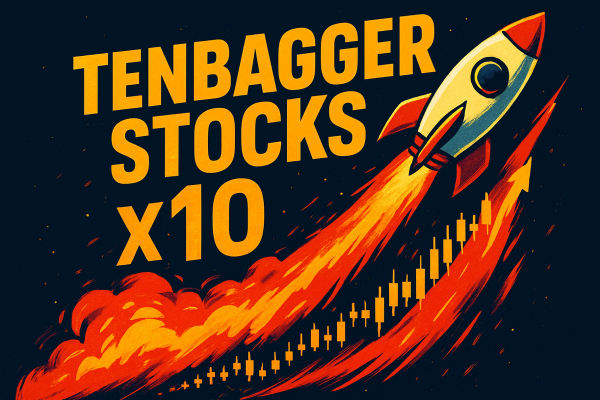
1. Huge Addressable Market + Visible Product-Market Fit.
Markets that can grow 10× (e.g., AI inference chips, gigawatt battery cells, cloud security for AI workloads).
2. Capital Efficiency and Path to $100M+ Arr / Profitable Unit Economics.
Tenbaggers often start from a repeatable, margin-expanding growth engine.
3. Real Catalysts in the Next 12–36 Months.
Major customer wins, regulatory approvals (for biotech), mass production starts (for EV/battery), or meaningful monetisation of AI models.
If a name fails two of these tests, it's a poor tenbagger candidate.
Common Mistakes to Avoid When Hunting Tenbaggers
Chasing social media "hot tips" without fundamentals.
Overweighting microcaps because they "feel cheap."
Ignoring the cash runway, a lack of funding forces destructive dilution.
Confusing volatility with momentum.
Frequently Asked Questions
1. What Are Tenbagger Stocks?
Tenbagger stocks are shares that increase tenfold in value, a term popularised by legendary investor Peter Lynch. For example, if you invested $1,000 and it grew to $10,000, that's a tenbagger.
2. Has Any Stock Actually Become a Tenbagger Recently?
Yes. Several notable stocks achieved tenbagger returns in the past decade:
Nvidia (NVDA): Up over 1,000% between 2019 and 2025, thanks to AI-driven chip demand.
Tesla (TSLA): Surged more than 15× between 2019–2022 before stabilising.
Super Micro Computer (SMCI): Gained over 800% since early 2023, fueled by AI server demand.
3. What Kind of Returns or Timeline Should I Expect for a Tenbagger?
A tenbagger doesn't happen overnight. Historically, even great winners take 5 to 10 years to compound 10 times. For example:
4. Should I Buy Tenbagger Stocks During a Market Downturn?
Yes. Downturns often create the best entry points. For instance, investors who bought Nvidia or Amazon after market corrections saw enormous long-term gains.
Conclusion
In conclusion, tenbaggers are the stuff of investing legend. However, they require patience, rigorous screening, and realistic expectations. Thus, use a data-driven approach, layer your bets, and keep an eye on real catalysts over 12–36 months.
In volatile markets, the goal isn't chasing hype; it's positioning early in scalable, optional innovation with credible paths to profitability.
Disclaimer: This material is for general information purposes only and is not intended as (and should not be considered to be) financial, investment or other advice on which reliance should be placed. No opinion given in the material constitutes a recommendation by EBC or the author that any particular investment, security, transaction or investment strategy is suitable for any specific person.
Sources
[1] https://www.investors.com/news/technology/palantir-stock-falls-army-battlefield-communications-network-security/
[2] https://www.barrons.com/articles/rivian-stock-deliveries-tesla-963d372b
[3] https://www.wsj.com/tech/ai/ai-investors-are-chasing-a-big-prize-heres-what-can-go-wrong-9a6bf37d











